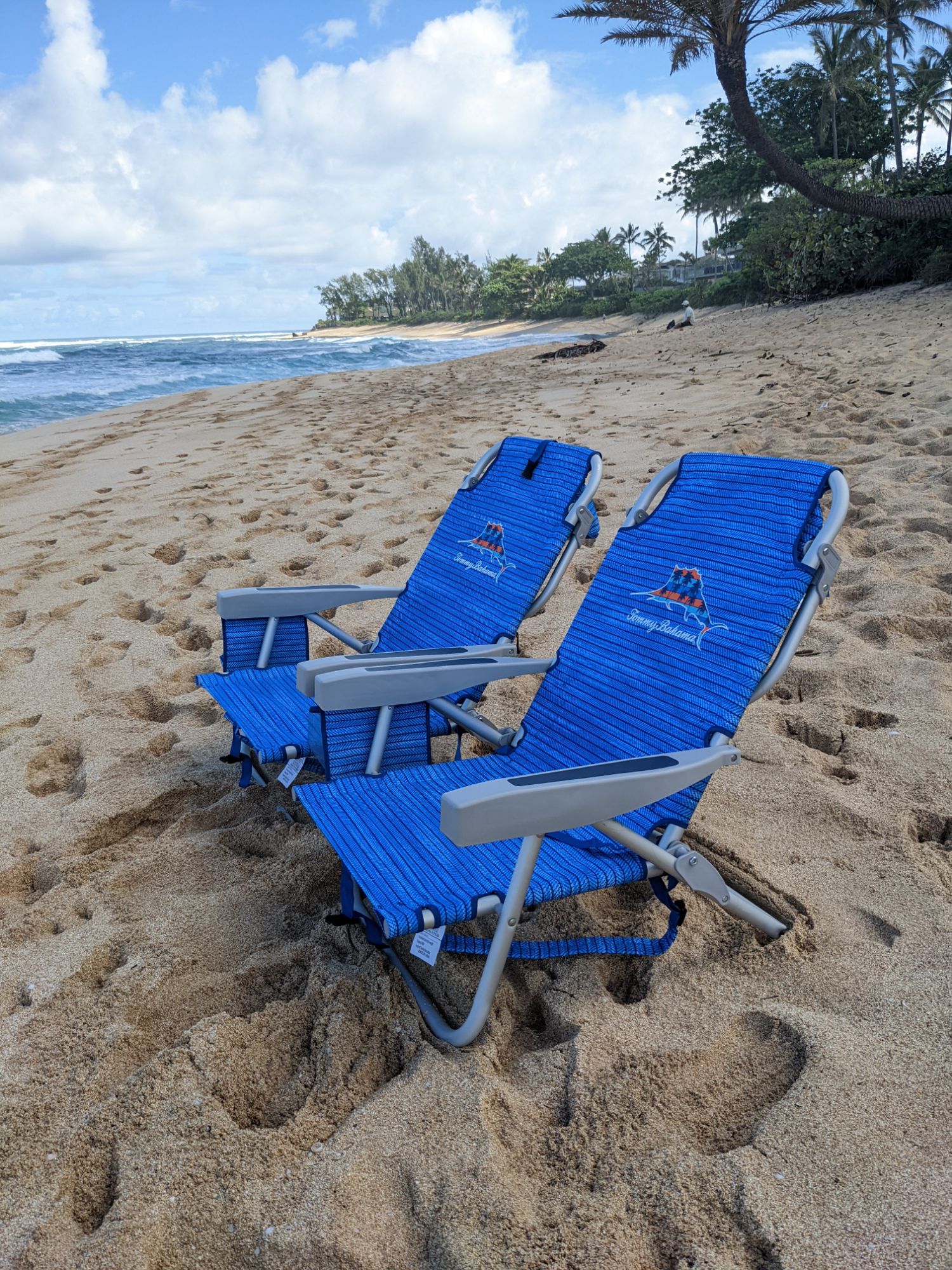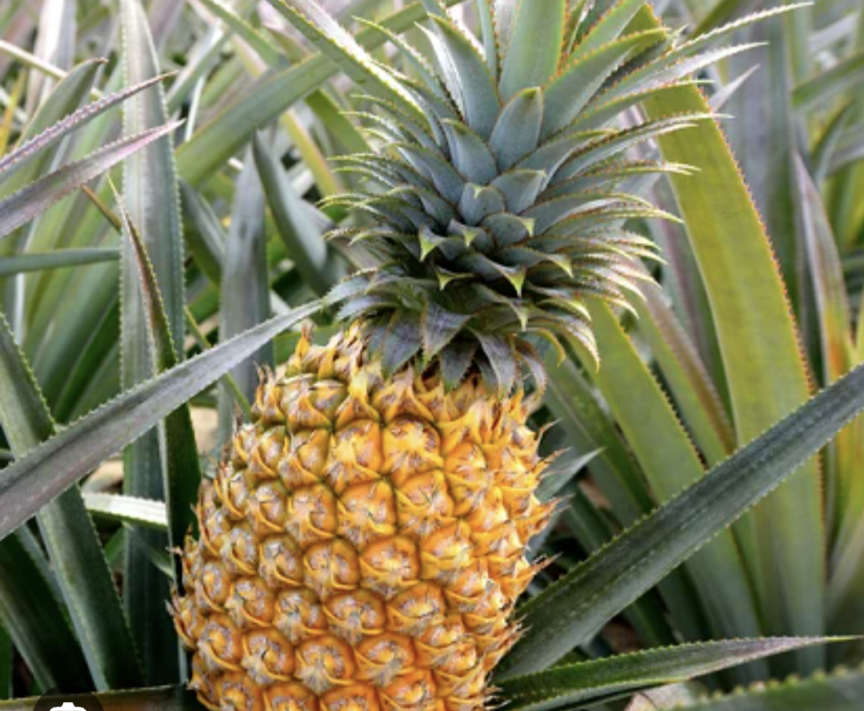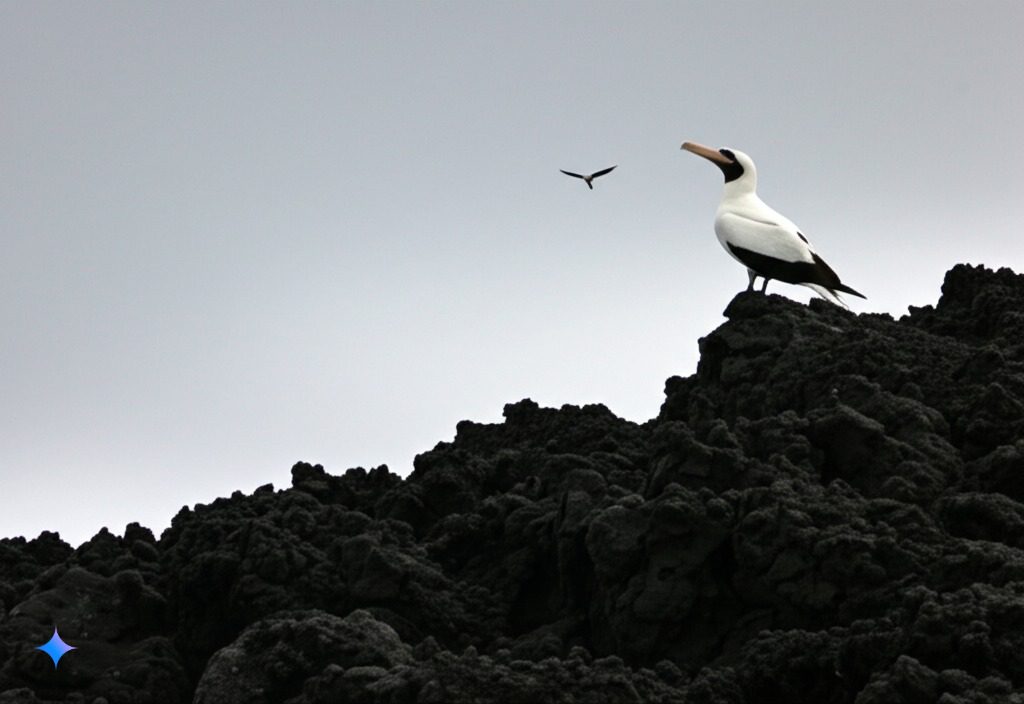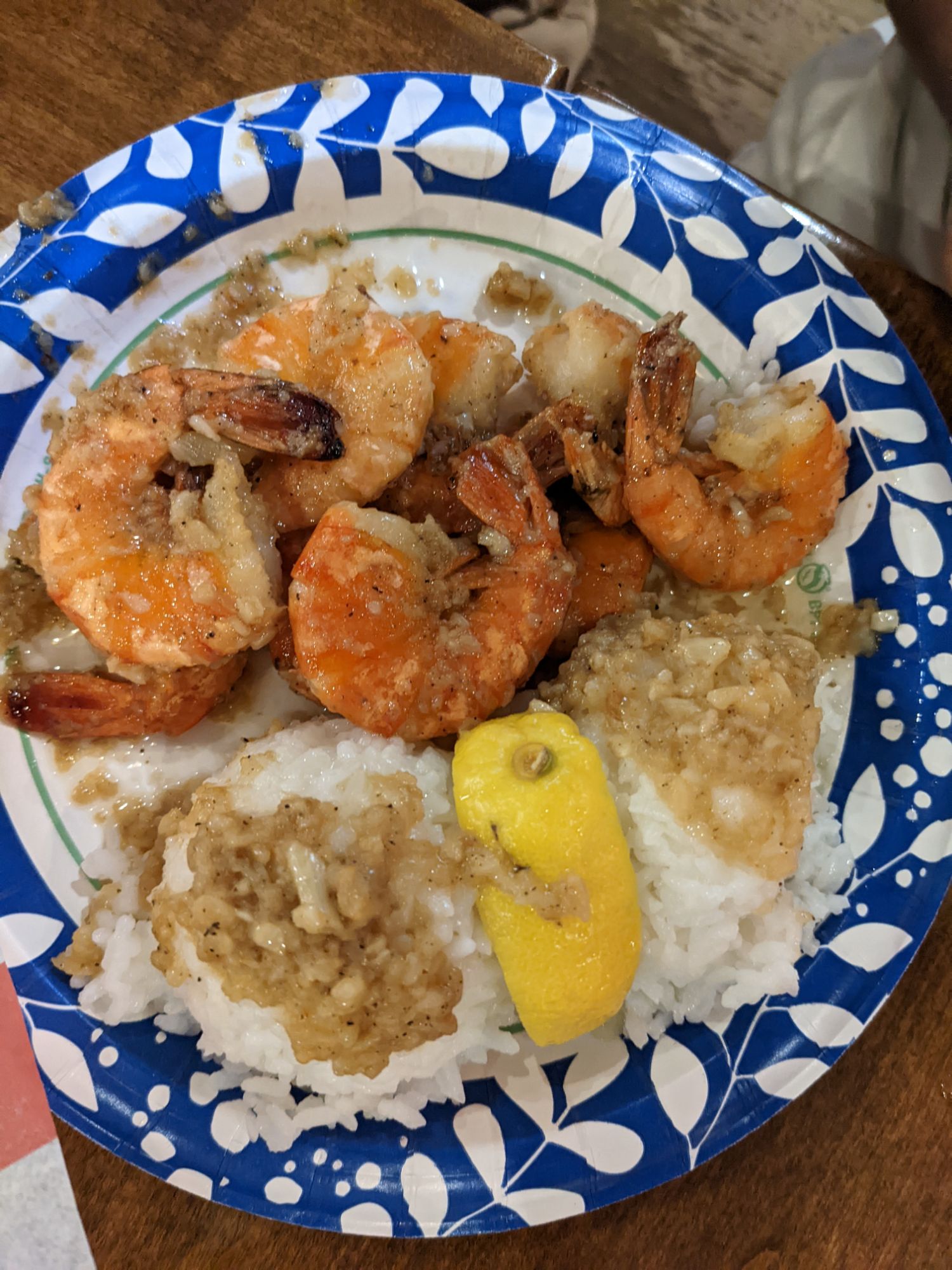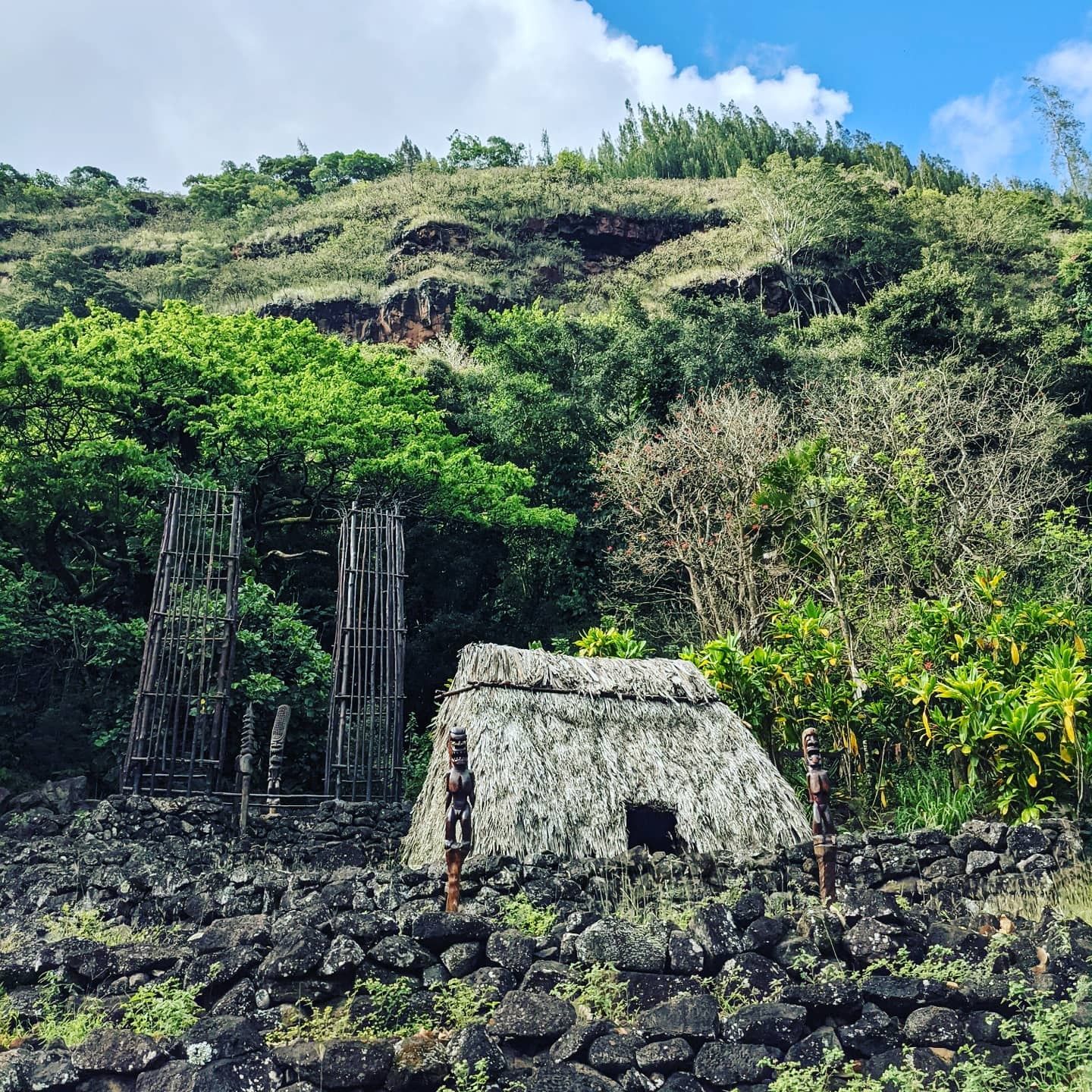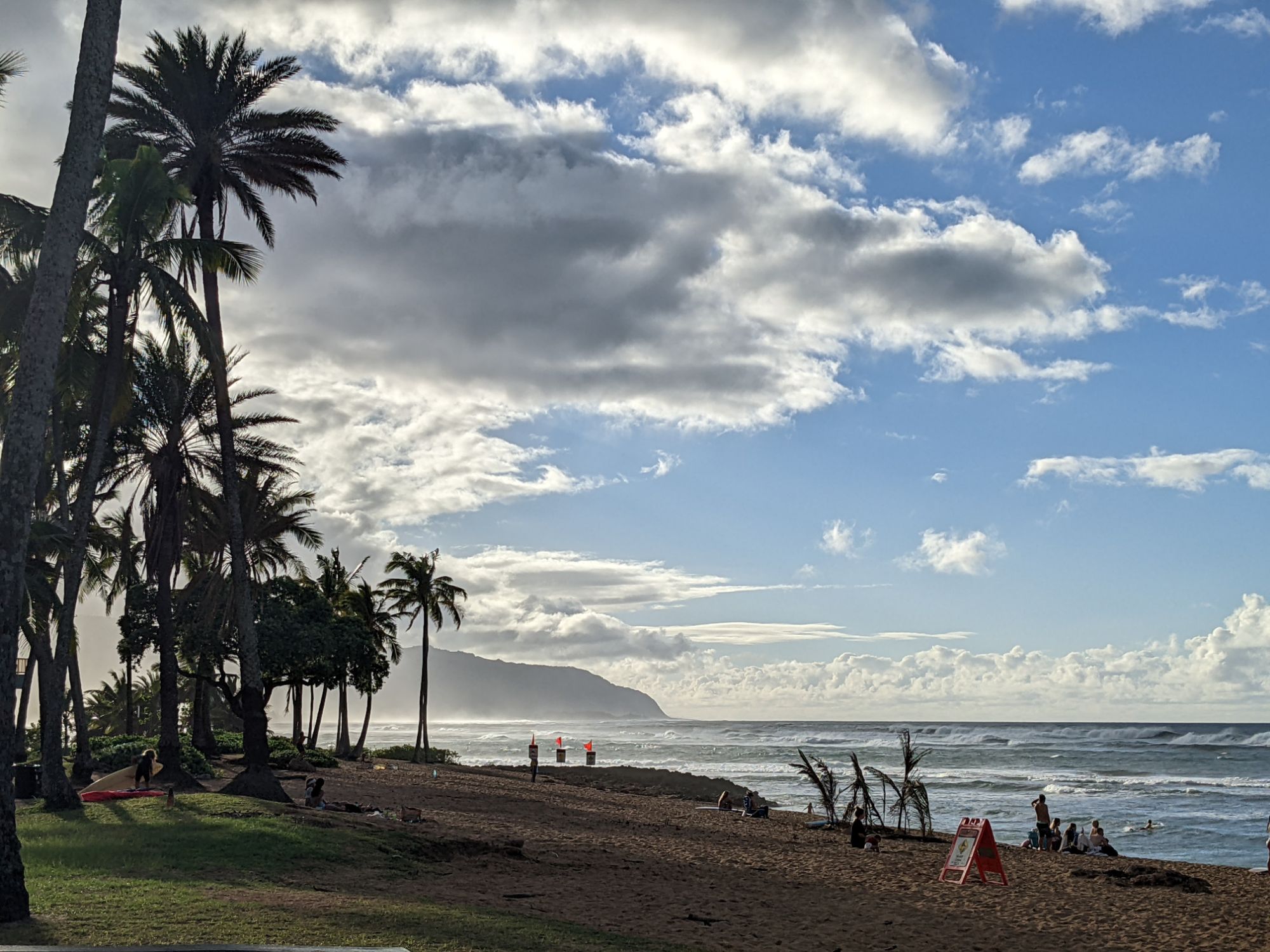The Waialua Agricultural Company emerged from a patchwork of small, struggling sugar farms on Oahu’s North Shore. In the late 1890s, the area was dominated by thousands of uncultivated acres, owned by numerous individuals, many of them Native Hawaiians. Recognizing the potential, entrepreneur B.F. Dillingham encouraged Castle & Cooke, a company already thriving with profits from Ewa Plantation, to invest in the area.
Dillingham had already secured leases on much of the surrounding land, and Castle & Cooke saw an opportunity. In 1898, they formed the Waialua Agricultural Company, Ltd. They subleased Dillingham’s holdings, leased additional land from the Bishop Estate, and strategically acquired or negotiated leases for the remaining parcels.
The company’s first harvest in 1899 yielded a modest 1,741 tons of sugar. However, the arrival of William Goodale in 1898 as manager proved to be a turning point. Goodale, a seasoned sugar planter with extensive experience across the Hawaiian islands, brought a wealth of knowledge and innovative management to the company. By 1905, production had skyrocketed to 19,722 tons.
Goodale continued to push boundaries, pioneering the use of mechanical loading for harvested sugarcane in 1920. He experimented with a drag-line excavator, repurposing it to lift sugarcane bundles directly onto railway cars, eliminating the arduous and dangerous task of manual loading.
Recognizing the power of hydroelectric energy, Goodale installed a 450-kilowatt plant in the Waialua uplands. The plant’s output was compatible with Hawaiian Electric Co., paving the way for potential power sales to the domestic utility.
Under Goodale’s leadership, Waialua Agricultural Company steadily flourished. By 1925, sugar production reached 32,585 tons, and continued to climb. Further advancements, like the introduction of irrigation reservoirs and wells in 1936, pushed production even further to 54,671 tons. Throughout its history, Waialua Agricultural Company consistently ranked among the top sugar producers in Hawaii, never falling below sixth place.
The company’s success stands as a testament to the vision of Castle & Cooke, the innovative spirit of William Goodale, and the potential of the Waialua lands, transforming them from a collection of small, unproductive farms into a thriving sugarcane powerhouse.

